Special Session
Forensics and Security of Physical Objects
Organizers
Iuliia Tkachenko (LIRIS, CNRS, Université Lumière Lyon 2, France)
Justin Picard (Scantrust)
Slava Voloshynovskiy (University of Geneva, Suisse)
Short description
Globalization and improvements in digital scanning and printing technologies have made counterfeiting more prolific and easier to perform than ever. According to a report commissioned by the International Chamber of Commerce, the entire global economy is on track to lose €3.7 trillion to counterfeiting and piracy with 5.4 million jobs at risk by 2022. Counterfeiting also has a significant impact on our health and safety. According to the World Health Organization, up to half of malaria medications could be fake, for a disease that kills around one million people globally.
Counterfeiting and forgery continues to proliferate partly due to the limitations of existing anti-counterfeiting technologies. Most of these technologies are either too easy to copy, too expensive to implement, too cumbersome to authenticate, or some combination therein. It has become trivial for counterfeiters to make visually perfect copies of physical products and the majority of the more secure methods for verifying authenticity cannot be used by consumers.
This special session aims at covering both forensics techniques (printer/scanner identification, 3D printer fingerprints, paper and ink identification) and security techniques (copy sensitive codes, natural and artificial randomness, security printing, printable digital watermarks, PUFs, etc.) for protection of physical objects, such as packaging, branded products, security documents, against counterfeiting, forgery, tampering and integrity attacks. Related security techniques, such as techniques for the protection of 3D models or IoT techniques for the communication between physical objects are also welcome.
The session will focus on finding the links between forensics, image and signal processing, machine learning and cryptography and on presentation of the novel techniques to digitally assess the authenticity and integrity of physical items. The session encourages contributions focused on novel techniques for physical object security, on making the existing protection solutions accessible to consumers on a large scale (e.g. by smartphone), and on the study of the security limits of existing techniques.
Topics of interest
- Physical object protection, authentication and identification
- Physical object integrity check
- Printer/scanner fingerprints
- Natural and artificial randomness
- Digital techniques for security printing
- Paper/ink identification
- Printable digital watermarks
- Physical unclonable functions for IoT and object protection
